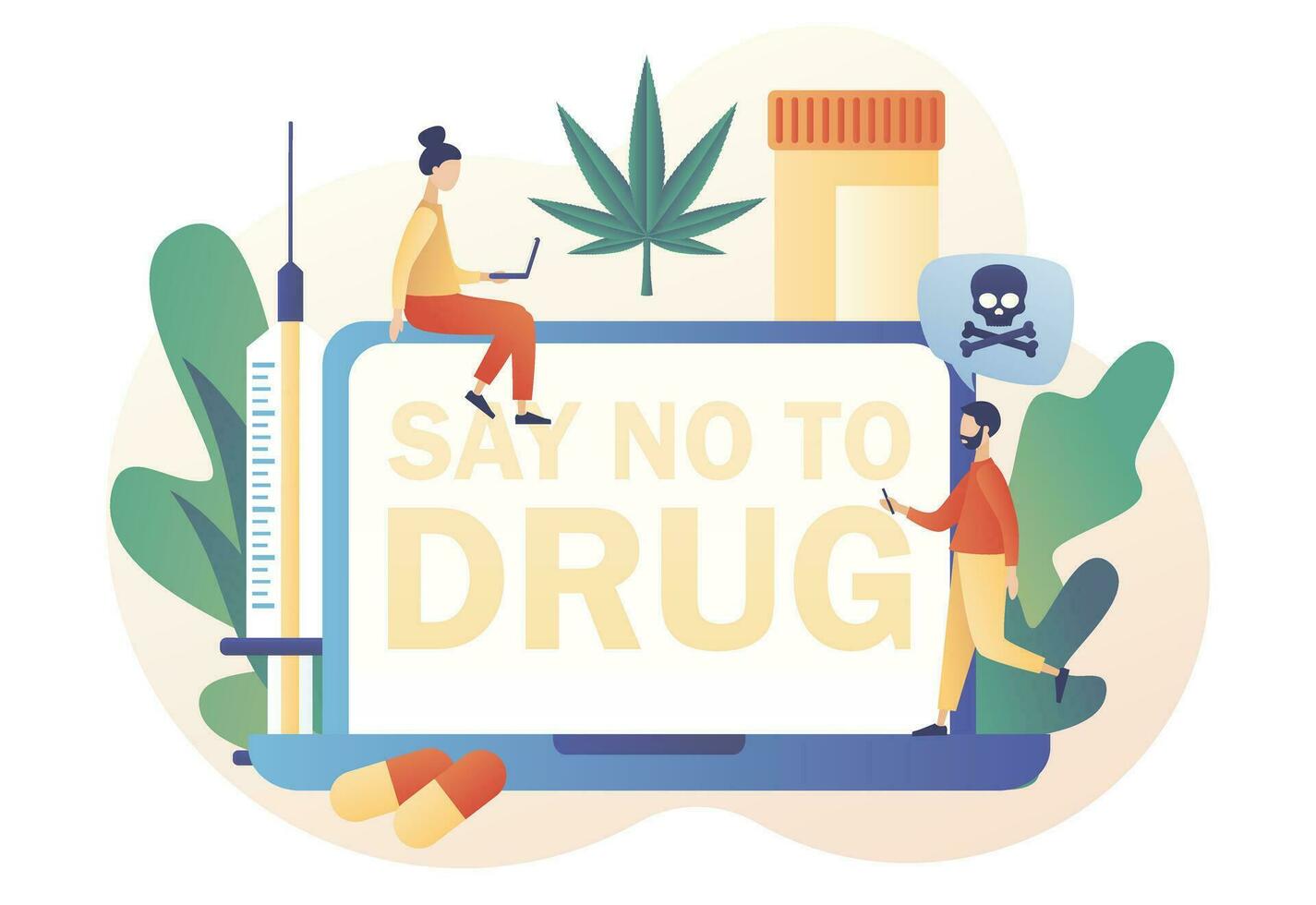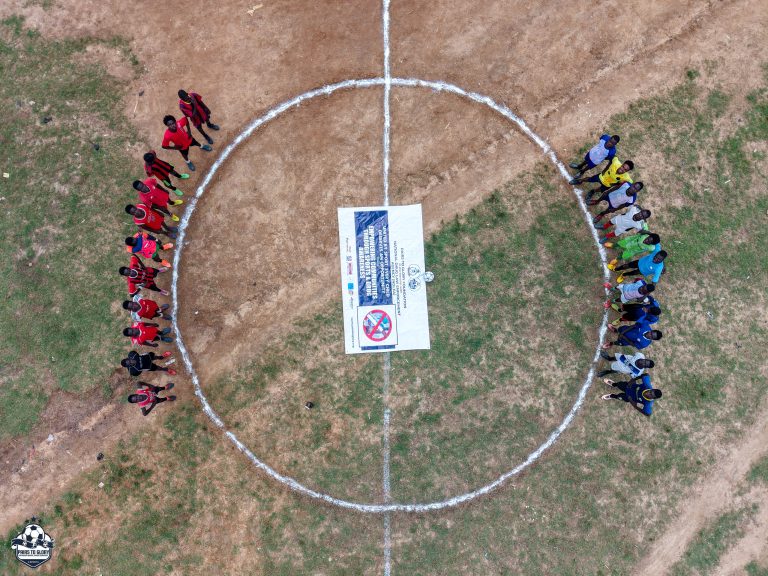Predisposing Factors of Drug Abuse Among Children and Youth in Vulnerable Populations
Drug abuse among children and young people is one of the most pressing challenges facing communities today. While no child is born predisposed to drug use, certain environmental, social, and psychological factors can increase vulnerability — especially among those living in displacement, poverty, or crisis situations.
For vulnerable populations such as internally displaced persons (IDPs), children in underserved communities, or those affected by conflict and trauma, the risks are even greater. Understanding these predisposing factors is the first step in prevention and targeted intervention.
1. Poverty and Economic Hardship
When families struggle to meet basic needs, children and youth may turn to drugs as a means of coping with hunger, stress, or hopelessness. In many vulnerable communities, idleness and lack of structured opportunities make substance use appear as an escape from daily struggles.

2. Displacement and Trauma
In IDP camps or conflict-affected communities, children are often exposed to loss of loved ones, violence, and instability. Trauma creates deep emotional wounds, and without adequate mental health support, many turn to drugs or alcohol to numb the pain.
3. Lack of Access to Education
Being out of school or facing disrupted education increases the chances of idleness and peer pressure. Without the protective structure of school and mentorship, young people may find themselves more exposed to risky behaviors, including substance abuse.
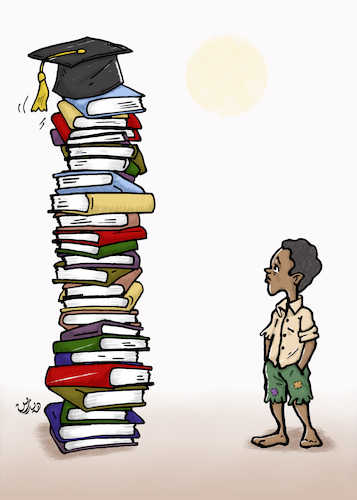
4. Peer Influence and Social Pressure
Adolescents are particularly vulnerable to peer dynamics. In underserved communities, where peer groups may already normalize substance use, children may start using drugs simply to fit in, belong, or survive socially.
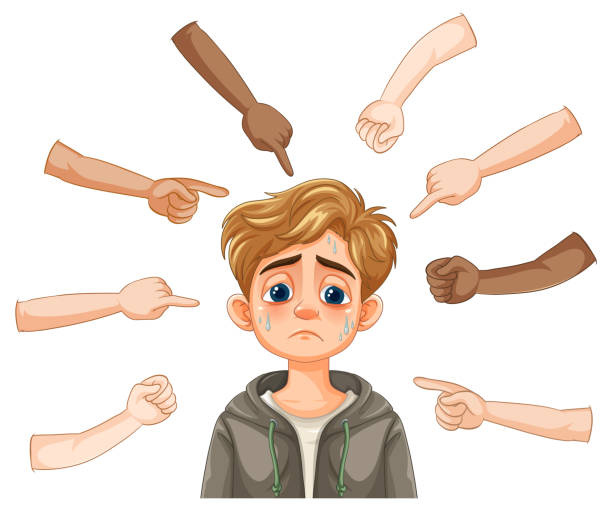
5. Weak Family and Community Structures
Displacement often breaks down family support systems and community networks that traditionally protect children. In the absence of strong parental guidance, religious support, or community role models, children are more likely to experiment with drugs.
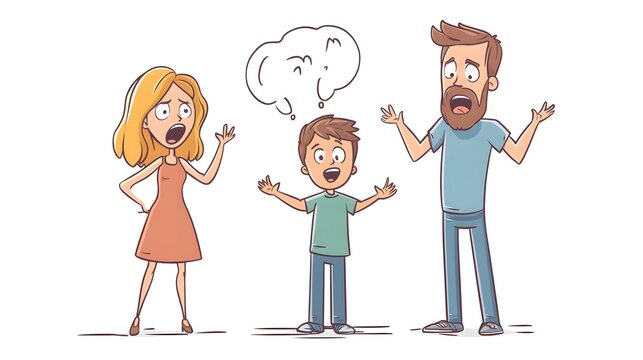
6. Availability of Drugs in Communities
In many vulnerable environments, drugs are cheap and easily accessible. Weak enforcement, porous borders, and limited community awareness make it easier for youth to come into contact with substances.

7. Mental Health Challenges
Children and youth experiencing depression, anxiety, or untreated trauma are more likely to use drugs as a form of self-medication. Without psychosocial support services, these conditions worsen and increase dependency risks.
8. Lack of Safe Spaces for Engagement
When children have no safe outlets for play, creativity, or structured activities, they may drift toward risky alternatives. Vulnerable populations often lack playgrounds, sports facilities, or youth centers that encourage healthy development.

Building a Protective Response
At Pairs to Glory Foundation, we believe in addressing these risk factors head-on. Through initiatives like United by Sports, we:
- Provide structured sports programs that replace idleness with teamwork and discipline.
- Partner with agencies like NDLEA to deliver drug awareness campaigns.
- Offer psychosocial support and trauma-informed coaching for children at risk.
- Empower parents and community leaders to rebuild protective structures.
Drug abuse among children and youth does not happen in isolation — it is the result of intersecting vulnerabilities. By addressing poverty, trauma, lack of education, and weak social systems, we can protect the next generation from falling into the cycle of substance use.
✨ Every child deserves not just survival, but the chance to grow up healthy, safe, and drug-free.
